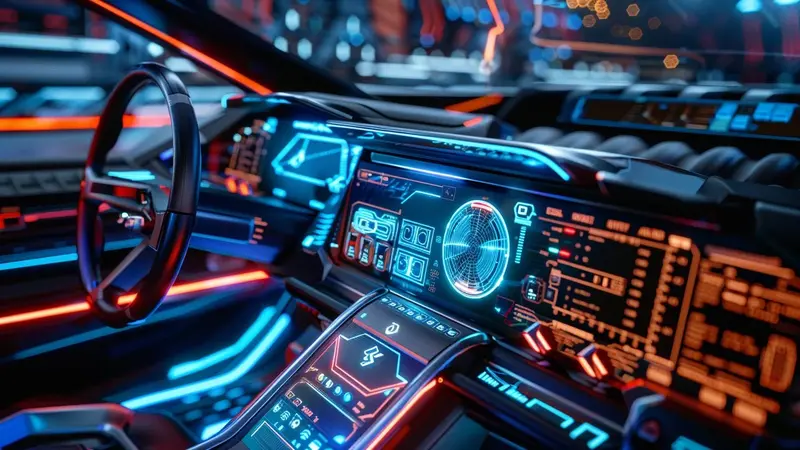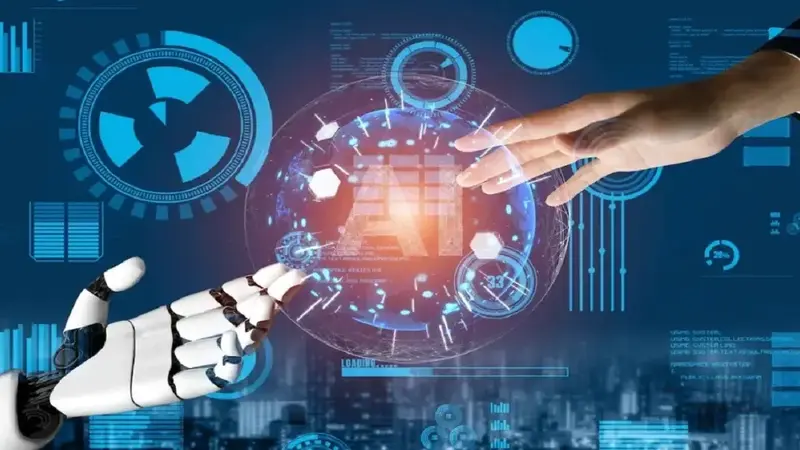Artificial Intelligence (AI) has revolutionized many industries, and music creation is no exception. With the advent of AI, it’s now easier than ever to compose music, even without formal training. For those interested in a more personalized experience, building your own free AI music generator is a rewarding and educational project. Not only will you gain insights into the intersection of AI and music, but you’ll also have the freedom to customize the tool to suit your specific needs.
In this article, we’ll guide you through the process of building your own free AI music generator, from the basic tools you’ll need to the steps involved. Whether you’re a hobbyist, a developer, or just someone curious about AI, this guide will help you get started.
Why Build Your Own Free AI Music Generator?
There are several compelling reasons to create your own AI music generator:
Customization: By building your own music generator, you can tailor it to generate the specific type of music you need. Want jazz? Classical? EDM? You have complete control over the style, mood, and instruments used.
Learning Experience: Building an AI music generator is a fantastic way to learn about machine learning, music theory, and data processing. It’s a hands-on way to gain knowledge in fields that are increasingly important in both tech and creative industries.
Free and Open-Source: While commercial music generators can be expensive, creating your own tool means you’re not bound by subscription fees. You’ll use free tools and resources, ensuring there’s no cost to getting started.
Creative Freedom: AI can help Building Your Own Free AI Music Generator ideas that you might not have thought of, sparking creativity. As you build your tool, you’ll have the freedom to experiment with different genres, compositions, and sounds.
Tools and Resources You’ll Need
Before diving into the actual development process, let’s take a look at the essential tools and resources needed to build your AI music generator:
Programming Knowledge:
Python: Python is the go-to programming language for AI and machine learning. It’s user-friendly and has a large library ecosystem that simplifies many aspects of AI development. If you’re new to Python, there are plenty of tutorials online to help you get started.
Machine Learning Libraries:
TensorFlow or PyTorch: These are the most commonly used deep learning frameworks for building machine learning models. They provide the functionality needed to build and train models that can generate music.
Keras: A high-level neural networks API that runs on top of TensorFlow and simplifies model-building, making it easier for beginners to get started.
Music Datasets:
AI needs data to learn. There are several open datasets you can use for training:
The Million Song Dataset: A collection of metadata and audio features from one million songs, perfect for training.
Free Music Archive: A large repository of royalty-free music that you can use for training purposes.
Lakh MIDI Dataset: A dataset that contains MIDI files, which are especially useful for generating music with neural networks.
Cloud Platforms:
Google Colab: A free cloud-based platform that provides access to GPUs, which are essential for training deep learning models efficiently. It’s perfect for running AI models without the need for expensive hardware.
Kaggle Kernels: Another free platform offering cloud-based computation, where you can run your machine learning models with access to GPUs.
Step-by-Step Guide to Building Your Own Free AI Music Generator
Now, let’s dive into the process of creating your own AI music generator.
Step 1: Set Up Your Development Environment
Start by setting up your Python environment and installing the necessary libraries.
Install Python: If you don’t already have Python installed, download it from the official Python website.
Install Machine Learning Libraries: Use Python’s package manager pip to install TensorFlow, Keras, and other essential libraries.
Install Music Libraries: For processing music data, you’ll need additional libraries such as Music21 (for MIDI files) and Magenta (a tool specifically built for music generation).
Step 2: Collect and Prepare Your Dataset
AI models learn from data, so the next step is collecting and preparing a dataset of music. You can choose from a variety of open datasets:
MIDI Files: MIDI files are ideal for training music-generating models since they store note sequences and other musical features. The Lakh MIDI Dataset offers a large number of MIDI files to get started.
Preprocess the Data: Once you have the data, you’ll need to preprocess it. This might involve converting the MIDI files into sequences of notes that the AI can understand or creating spectrograms (visual representations of the audio data).
For example, with Music21, you can load and preprocess MIDI files:
Step 3: Build the Neural Network Model
Next, you’ll create a machine learning model to generate music. Recurrent Neural Networks (RNNs) or Long Short-Term Memory Networks (LSTMs) are commonly used for music generation, as they are well-suited for sequential data.
You can build a simple LSTM model using Keras:
This model learns to predict the next note or chord in a sequence, enabling it to generate music based on its training.
Step 4: Train Your AI Model
Now, it’s time to train the model. The AI needs to learn patterns from your music data by analyzing the input sequences. The training process can take time, depending on the size of your dataset and the complexity of your model.
For efficient training, consider using Google Colab, which provides free access to GPUs.
Step 5: Generate Music
Once your model is trained, you can use it to generate music. You’ll input a starting sequence of notes, and the model will predict the next note in the sequence, generating a melody.
Here’s how you can generate music:
This will generate a sequence of notes based on the input you provide.
Step 6: Refine and Experiment
Your AI music generator is now functional, but you can continue refining the model by experimenting with different architectures, training on additional datasets, or incorporating more advanced features like chord progression generation or style transfer.
Conclusion
Building your own free AI music generator is an exciting and educational project that opens up a world of possibilities for music creation. While it may seem like a complex task, breaking it down into manageable steps makes the process much more approachable. By following the steps outlined in this guide, you’ll have a fully functional AI music generator that you can customize, refine, and experiment with.
Whether you’re creating music for personal use, learning about AI, or developing a tool for content creation, building your own AI music generator is a rewarding way to explore the intersection of technology and creativity. Visit World Fame Mag for more details.


